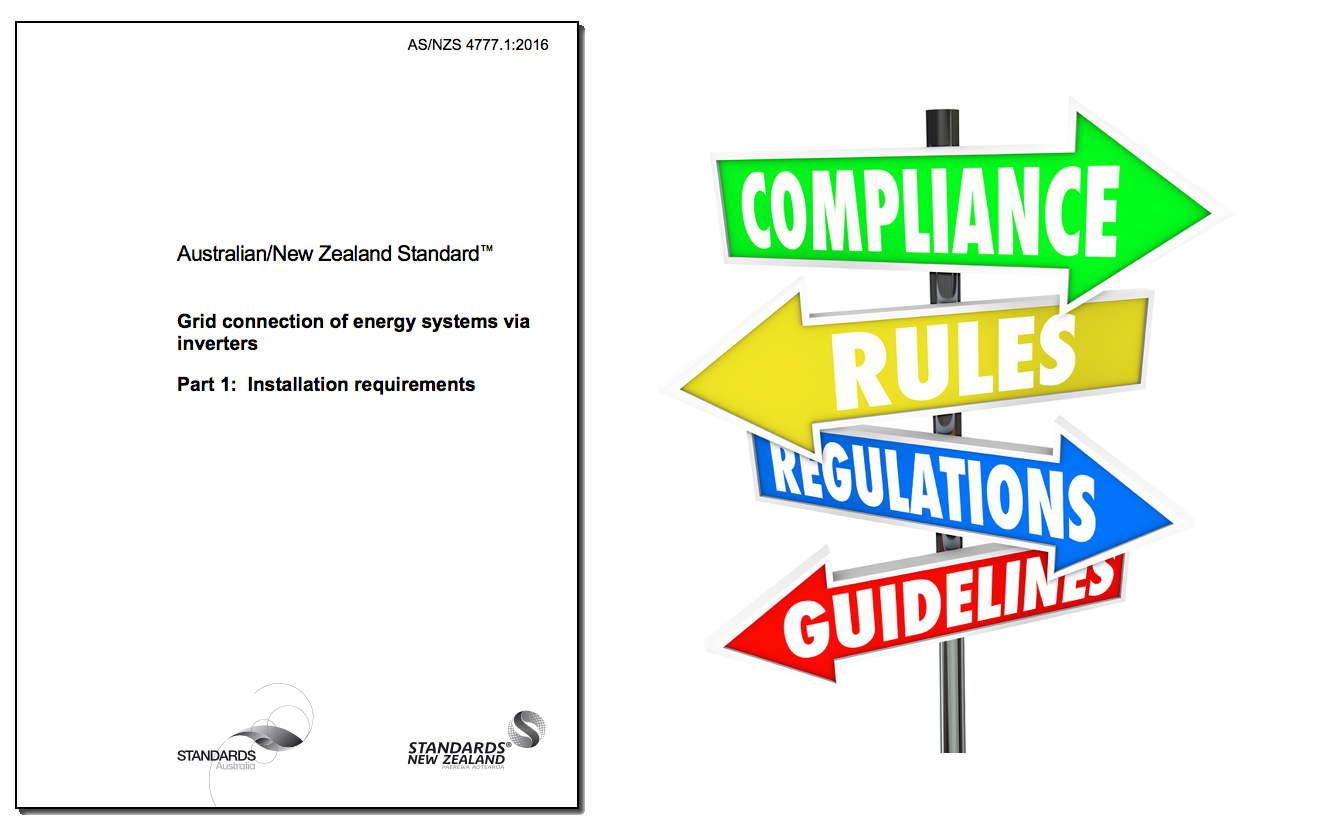
Unless your local electricity network provides a local variation to a new Australian Standard that becomes mandatory on Thursday, it may be illegal to install a Powerwall 2 plus solar on a single phase. [Read more…]

Unless your local electricity network provides a local variation to a new Australian Standard that becomes mandatory on Thursday, it may be illegal to install a Powerwall 2 plus solar on a single phase. [Read more…]
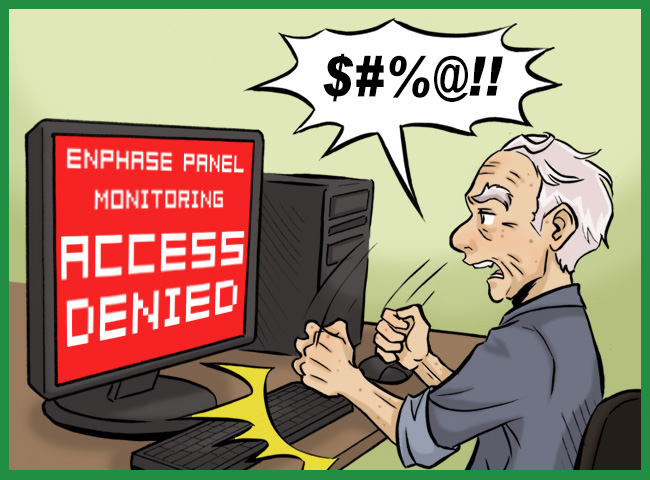
Enphase panel monitoring is a great feature. But some Enphase installers flat out refuse to enable it.
There are many people in this world who enjoy monitoring the output of their rooftop solar systems.
But other people – not so much. For example, I don’t think my parents have checked the output of their system since they got it. My father just looks at the electricity bill every three months and grunts, “Power bill low. Is good.” And then goes back to making stone tools.
But for those who enjoy the heady pleasures of solar system monitoring, modern technology can provide the fix you’re looking for. [Read more…]
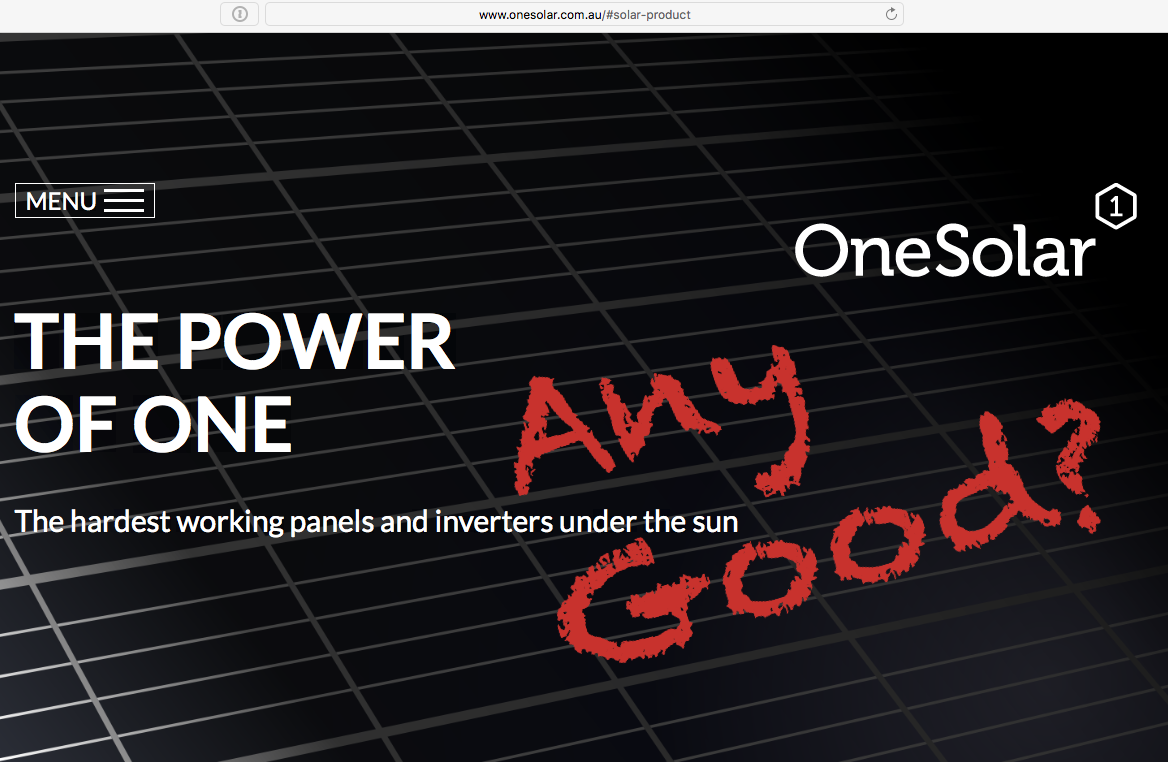
OneSolar make a lot a lot of claims on their website that just don’t stack up.
When it comes to choosing solar panels and inverters, we recommend sticking to well known brands.
Over the years we’ve seen lots of obscure panel brands hit Australian shores, often with slick websites, and almost always with dubious claims of being ‘engineered’ in anywhere-but-China.
Our experience is that the quality of these mysterious brands is often poor, and if they fail a few years down the line it can be very hard to find the company that originally imported or manufactured them. [Read more…]

Last Thursday in a trendy re-purposed Substation near Melbourne, Elon Musk’s cousin Lyndon Rive claimed he could solve SA’s energy woes in 100 days.
How?
By installing 100-300MWh of batteries.
Big Call.
A day later, via Twitter, Aussie tech billionaire Mike Cannon-Brookes asks Musk if he’s serious about “100MW1” of batteries in 100 days. Musk wagers he’ll deliver and install them in 100 days or it’s free. [Read more…]

Can Ampetus’ Super Lithium battery beat Elon’s Powerwall 2?
—
Note: As of 29 May 2018 Ampetus Energy Pty Limited have been placed in liquidation
—
A lot of attention has been paid to the Tesla Powerwall 2 lately on account of how it promises to dramatically cut the cost of home battery storage. And when I wrote “promises” I chose that word carefully on account of how that’s all we got at the moment. We won’t know what it’s capable of until next month when Tesla promises the first installations will be done. [Read more…]
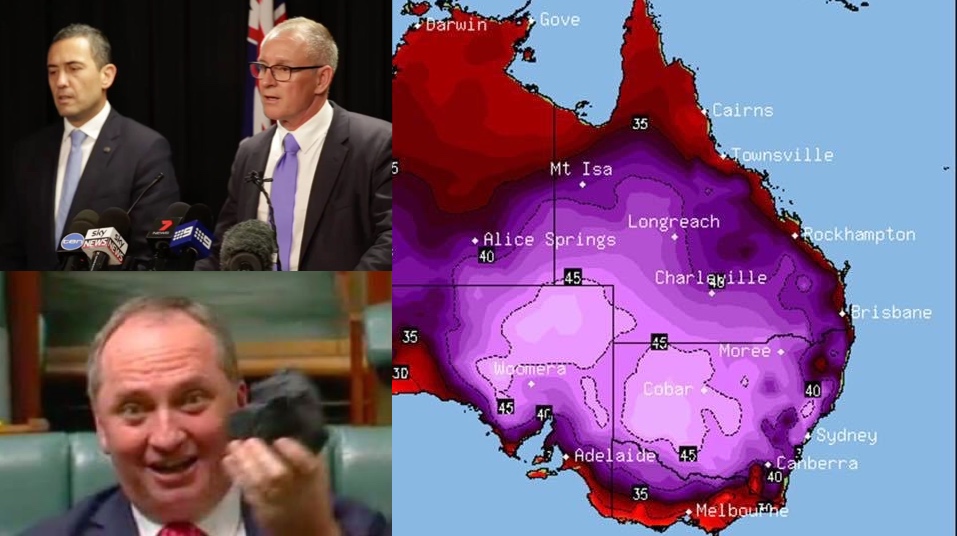
Joyce titters, Weatherill gets mad, Australia cooks.
Late on Wednesday afternoon, in the middle of a heatwave, electricity was cut off to roughly 90,000 Adelaide properties for around 45 minutes.
Because I have access to a working TV at the moment1 I have seen an implausible number of people shitting bricks over this incident. So many bricks I could use them to build a Great Wall of South Australia. I’m sure it would be effective at keeping foreigners out. After all, who’d want to enter a state surrounded by shitty bricks?
To all the people who are acting like this is some sort of unprecedented event2, I have to ask which bloody country do you live in? Rolling blackouts during heatwaves in Australia are not uncommon and have occurred in every mainland state, including those that are almost entirely powered by coal.
But for those who are complaining for the right reasons, your anger is bloody well justified. [Read more…]

Will they scrap the Renewable Energy Target (and by extension the ‘Solar Rebate’) or won’t they?
The Australian newspaper has reported that a couple of Coalition MPs have said Australia should scrap its Renewable Energy Target (RET) if Donald Trump dumps the United States’ commitment to the Paris climate agreement. [Read more…]
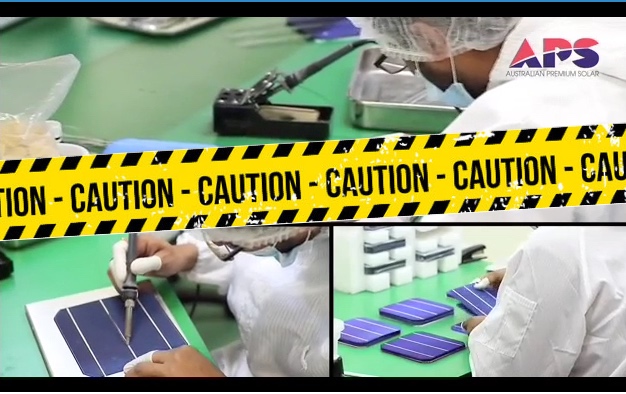
Australian Premium Solar. Not made in Australia and not Premium. (Screenshot from now-deleted APS Youtube video: Caution-tape is mine)
Australian Premium Solar is a company that sells solar panels with a warranty that is truly exceptional and sets them apart from all other panels on the market. [Read more…]
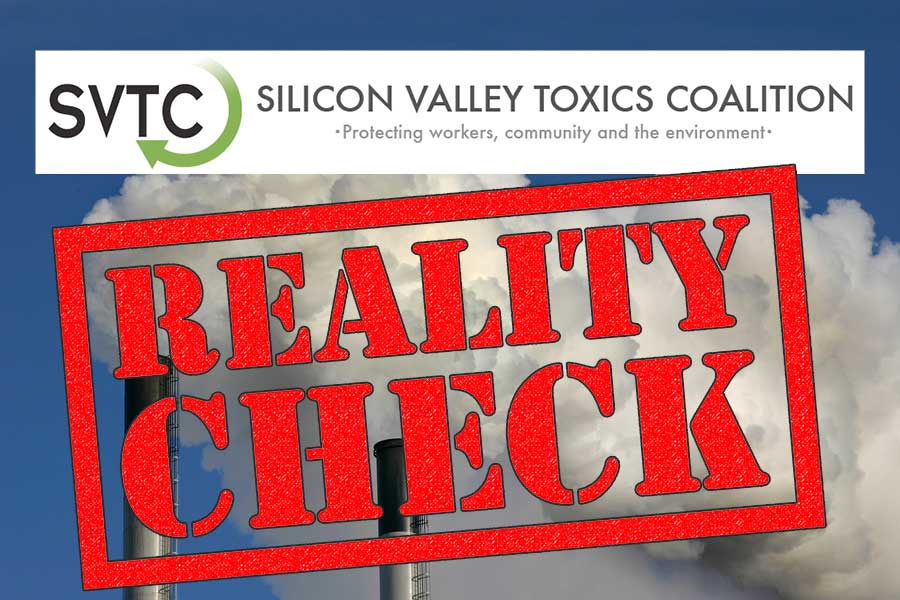
The Silicon Valley Toxics Coalition should be a really useful tool for solar buyers. Unfortunately it isn’t.
The Silicon Valley Toxics Coalition, or SVTC to its friends, is an organisation that has been working hard for over 32 years to protect this life encrusted blob of nickel and iron spinning in space that we call Earth.
SVTC campaigns to promote both safe environmental practices and ethical behavior in high tech industries. Each year since 2009 they have released a report called the SVTC Solar Scorecard that ranks solar panel manufacturers on both their environmental sustainability and ethical behavior. [Read more…]
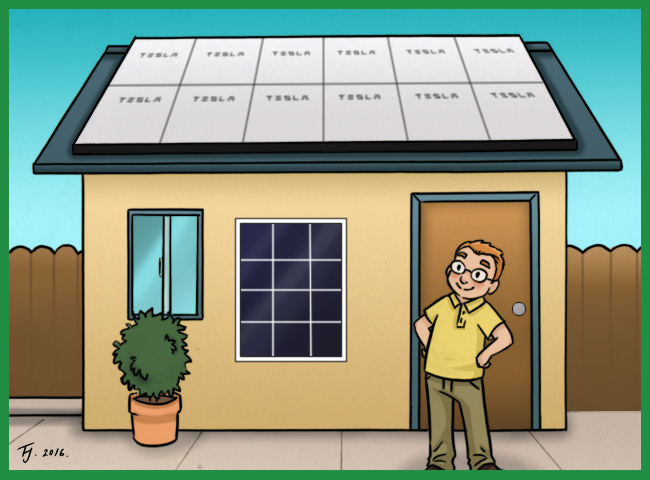
Installing more rooftop solar is a better investment than a Powerwall 2, so always rack up as much solar on your roof as you reasonably can first. Unlike this guy.
The Tesla Powerwall 2 is going to be big. Really big. I mean that literally and not figuratively. It’s going to be big as in 13.5 kilowatt-hours of storage big. From the point of view of most Australian households that is huge.
This large capacity presents households with two main problems:
So if the average Australian home buys a Powerwall 2 they will use it at less than its full capacity. As Tesla’s warranty is fixed at a maximum of 10 years, this increases the cost of each warranted kilowatt-hour substantially.
The obvious solutions are:
Get free quotes for solar, batteries,
EV chargers or hot water heat pumps
Before You Go..Download the first chapter of The Good Solar Guide, authored by SolarQuotes founder Finn Peacock, FREE! We respect your privacy and you can opt out from the newsletter at any time. |



Currently Raging Debates: